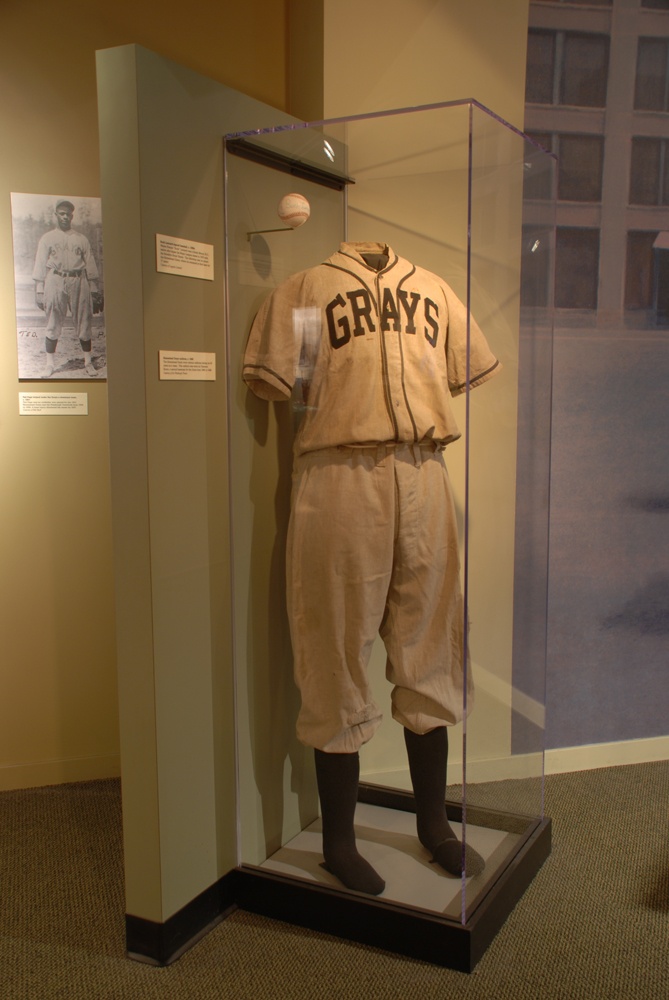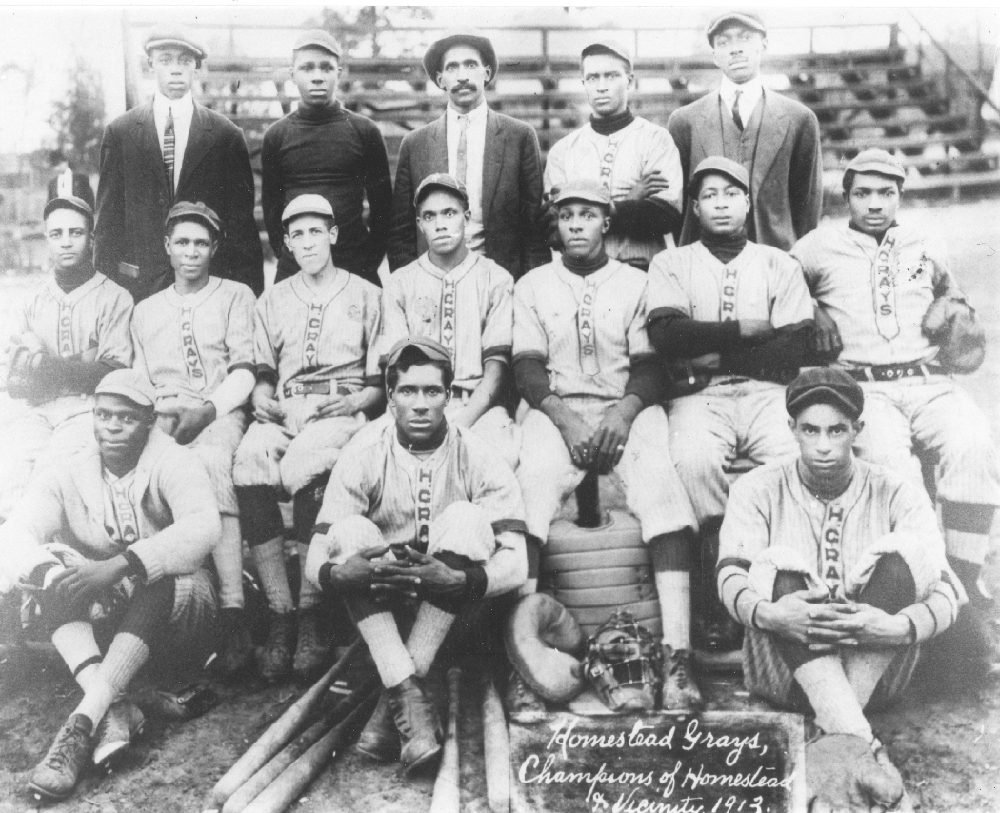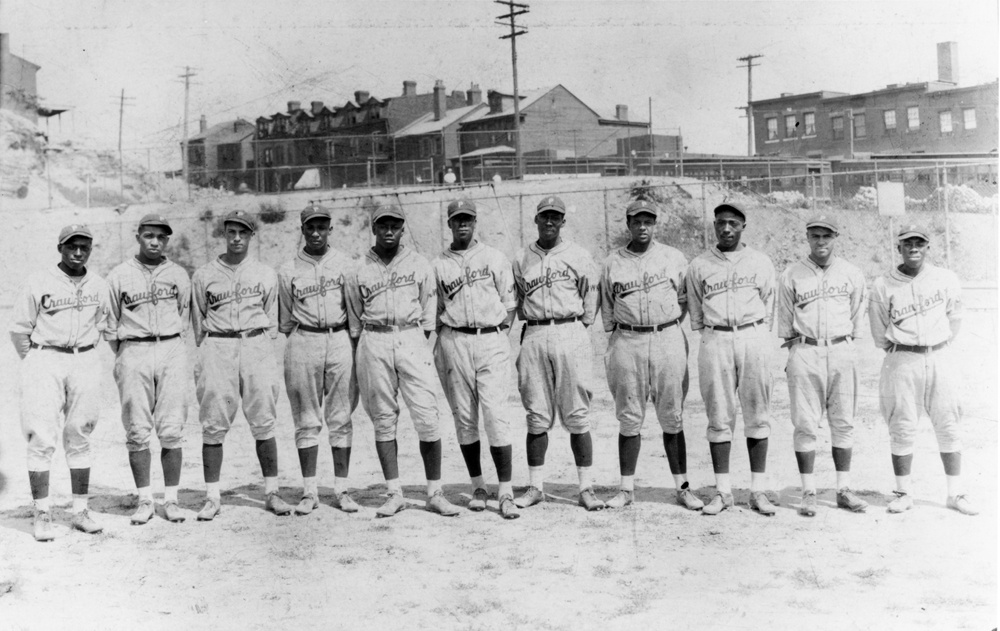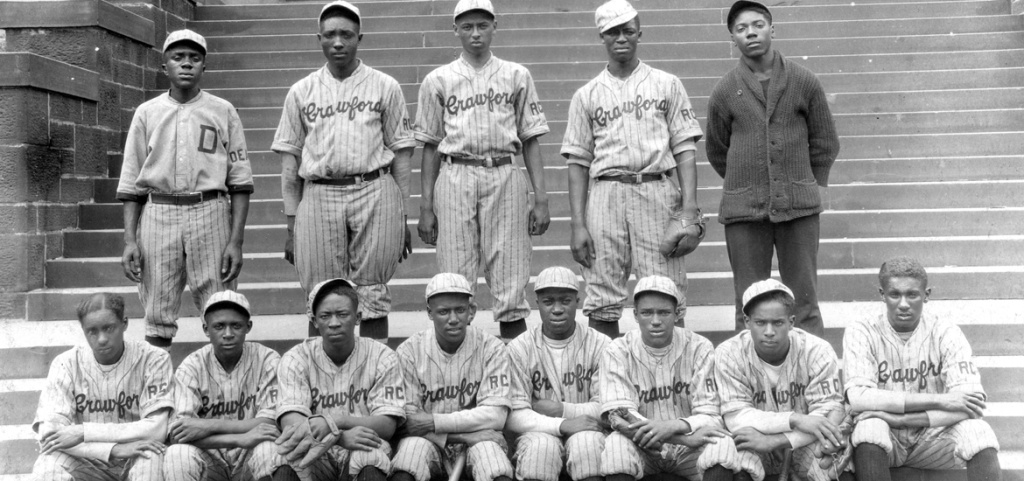
The Negro National League – the first African American professional baseball league – was established 100 years ago on Feb. 13, 1920, at a YMCA in Kansas City, Mo.
As home to two of the Negro League’s most dominant teams — the Homestead Grays and Pittsburgh Crawfords — Pittsburgh was once the center of Negro League baseball.
The Homestead Grays began play in 1900 as an African American industrial league team named the Germantown Blue Ribbons. After adopting the “Grays” nickname in 1910, they officially became the Homestead Grays two years later with the help of player-manager Cumberland Posey.
Posey, a prominent member of the Black community, bought the Grays in 1919 and led them on a barnstorming tour throughout the East that lasted into the 1930s. In 1935, he realized the benefits of joining a financially stable league and entered his team into the Negro National League.
From 1937 to 1945, with the help of future Hall of Famers such as Gibson, “Cool Papa” Bell, Judy Johnson and Buck Leonard, the Homestead Grays won an unprecedented nine consecutive league pennants and three Negro League World Series titles.
The Grays played mostly at Pittsburgh’s Forbes Field until World War II, when they played half of their home games at Griffith Stadium in Washington, D.C. The team famously outdrew their white counterparts, Major League Baseball’s Washington Senators.
While the Grays developed into a perennial powerhouse, the city’s other Negro League team, the Pittsburgh Crawfords, were also a formidable franchise.



The Crawfords began as a sandlot team in 1925, composed of semi-pro players primarily from the city’s Hill District.
Gus Greenlee bought the team in 1931 with profits from his popular night club, the Crawford Grill, and winnings from running numbers. A shrewd and successful businessman, Greenlee was able to stock his team with some of the best African-American talent in baseball. He enticed players such as Josh Gibson and Oscar Charleston to leave the Homestead Grays to come play for the Crawfords.
Greenlee also built the first black-owned and constructed ballpark in the U.S. on Bedford Avenue in the Hill District. Greenlee Field, which had a capacity of 7,500 visitors, cost $100,000 to build in 1932.
With a stacked roster and financial stability, the Pittsburgh Crawfords developed into one of the best teams in baseball, peaking with a Negro National League championship in 1935.
The team struggled in later years when star players began to migrate to Latin American countries in search of higher pay and more favorable playing conditions. In 1939, Greenlee was forced to sell the team, demolish Greenlee Field and move the Crawfords to Toledo, Ohio.
After Jackie Robinson made his historic debut with the Brooklyn Dodgers in 1947, Major League clubs started signing top talent from the Negro Leagues, causing the league to fold.
The legacy of Pittsburgh’s Negro League teams is evident inside the walls of Cooperstown, as 15 players from the Grays and Crawfords are members of the National Baseball Hall of Fame.
Visitors to the Western Pennsylvania Sports Museum at the Heinz History Center can see a rare Homestead Grays uniform and learn more about Pittsburgh’s important Negro League tradition.
This past February, the History Center hosted a Negro League Centennial Commemoration event. The Negro League Centennial Commemoration examined the legacy and impact of the Negro Leagues here in Pittsburgh. You can watch the recording on YouTube.
Brady Smith is the Director of Marketing and Communications at the History Center.
